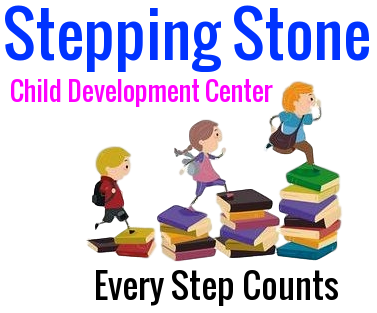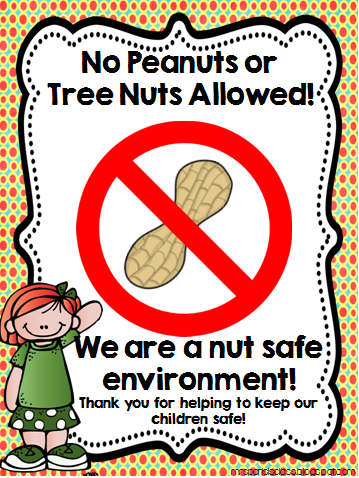Physical
– large, open spaces to crawl, walk, run, climb and jump
– stairs with a handrail for balancing
– chunky crayons, paintbrushes, chalk and large sheets of paper
– manipulative toys like wooden puzzles, small and large foam or plastic blocks, string and large beads
– sensory items like play dough, water play or finger paints
Cognitive/Intellectual
– naming objects and repeating words with the children
– time for exploring and playing without being interrupted
– finger plays or short songs
– active and expressive storytelling
Emotional
– face to face and on-on-one interactions
– reassuring, gentle and comforting reactions to children in distress
– meeting children’s needs in a timely manner
– allowing for the chance to make simple choices and having a sense of control
Social
– having multiple toys of same kind as children this age can’t share or learn to take turns yet
– reading books aloud and encouraging engaging in and talking about the story
– teaching self-care skills and encouraging independence
– naming and identifying feelings and how to express them
Creative
– having simple dress-up clothes or costumes for role-playing
– chunky crayons, paintbrushes, chalk & large sheets of paper
– simple finer plays, actions songs and musical instruments
– freedom to choose activities without adult interference

